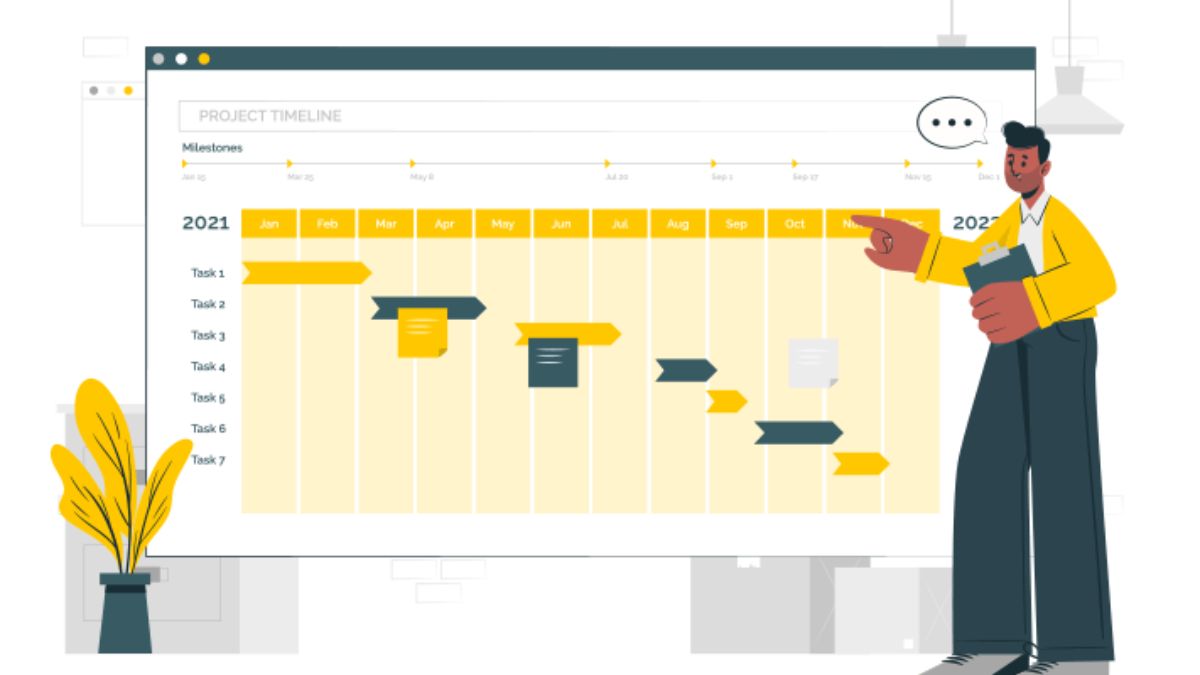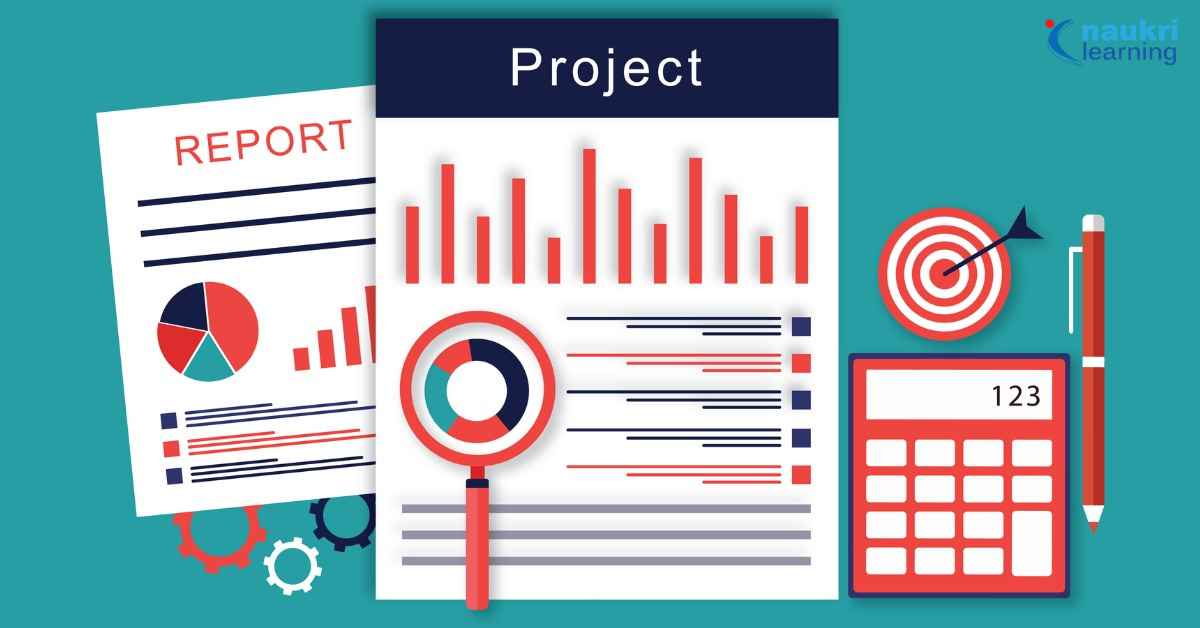In the ever-changing world of technology and retai...
news-extra-space

 Image credit- Elmhurst University Blog[/caption]
These tools have made it simpler than ever for teams located all over the world to collaborate on complex projects with ease, eliminating geographical barriers and enabling seamless communication and coordination. They are especially useful when combined with the availability of high-speed internet and 4G/5G networks, as well as the improved capabilities of personal computers and smartphones.
Methodology
The Agile approach has revolutionized the way project management is thought of and carried out, perhaps more than any other technology. The foundation of agile methodology is the notion that project parameters are dynamic and ever-evolving, and that customer requirements should take precedence over production constraints, or "people over process."
Agile methodology allows for changes to be made as the project develops rather than establishing a detailed plan at the outset that must be strictly followed to the conclusion. This method makes it possible for a process to be more responsive and adaptable, making it simpler to adjust to shifting needs and unforeseen difficulties.
[caption id="" align="aligncenter" width="860"]
Image credit- Elmhurst University Blog[/caption]
These tools have made it simpler than ever for teams located all over the world to collaborate on complex projects with ease, eliminating geographical barriers and enabling seamless communication and coordination. They are especially useful when combined with the availability of high-speed internet and 4G/5G networks, as well as the improved capabilities of personal computers and smartphones.
Methodology
The Agile approach has revolutionized the way project management is thought of and carried out, perhaps more than any other technology. The foundation of agile methodology is the notion that project parameters are dynamic and ever-evolving, and that customer requirements should take precedence over production constraints, or "people over process."
Agile methodology allows for changes to be made as the project develops rather than establishing a detailed plan at the outset that must be strictly followed to the conclusion. This method makes it possible for a process to be more responsive and adaptable, making it simpler to adjust to shifting needs and unforeseen difficulties.
[caption id="" align="aligncenter" width="860"]![How Has Project Management Evolved Over Time? [Explained]](https://www.teamly.com/blog/wp-content/uploads/2021/12/The-history-of-project-management.png) Image credit- Teamly[/caption]Scrum
Scrum is arguably the most notable Agile methodology. Scrum is a framework for managing and finishing complicated tasks. Although it was created with software development project management in mind, its concepts can be used in almost any sector. The foundation of Scrum is the concept that work is broken up into short, 2-4 week periods called sprints. A cross-functional team works on a specific set of tasks during each sprint with the intention of delivering usable software at the conclusion of the sprint.
Cross-functionality
For project managers, cross-functionality is a talent that is becoming more and more crucial. The ability to collaborate with people from different departments within a company offers priceless insights into functional areas like operations, finance, and marketing, giving the manager more control over all facets of any job or project they are in charge of.
[caption id="" align="aligncenter" width="1200"]
Image credit- Teamly[/caption]Scrum
Scrum is arguably the most notable Agile methodology. Scrum is a framework for managing and finishing complicated tasks. Although it was created with software development project management in mind, its concepts can be used in almost any sector. The foundation of Scrum is the concept that work is broken up into short, 2-4 week periods called sprints. A cross-functional team works on a specific set of tasks during each sprint with the intention of delivering usable software at the conclusion of the sprint.
Cross-functionality
For project managers, cross-functionality is a talent that is becoming more and more crucial. The ability to collaborate with people from different departments within a company offers priceless insights into functional areas like operations, finance, and marketing, giving the manager more control over all facets of any job or project they are in charge of.
[caption id="" align="aligncenter" width="1200"] Image credit- Naukri.com[/caption]
To create not only useful products but also to make sure that projects within organizations that share interests or resources can cooperate to use their resources more effectively or combine their efforts, it is crucial to be able to comprehend and coordinate the efforts of various departments.
Risk Evaluation
The best organizations in today's market have also adopted proactive risk assessment as a routine procedure. Many businesses are now adopting a much more proactive approach to potential risks associated with every element involved in their respective projects, from cost analysis through resource allocation all the way down to longer-term considerations like energy efficiency, rather than waiting until problems arise before addressing them head-on with reactive measures.
Also read: THE BEST CHEAPEST BRANDS OF ELECTRIC UNICYCLE
In order for a company to achieve maximum efficiency throughout its entire operation and the lifecycle of a product, proper resource utilization must be taken into consideration during the planning stages, something that was rarely considered just ten years ago.
Image credit- Naukri.com[/caption]
To create not only useful products but also to make sure that projects within organizations that share interests or resources can cooperate to use their resources more effectively or combine their efforts, it is crucial to be able to comprehend and coordinate the efforts of various departments.
Risk Evaluation
The best organizations in today's market have also adopted proactive risk assessment as a routine procedure. Many businesses are now adopting a much more proactive approach to potential risks associated with every element involved in their respective projects, from cost analysis through resource allocation all the way down to longer-term considerations like energy efficiency, rather than waiting until problems arise before addressing them head-on with reactive measures.
Also read: THE BEST CHEAPEST BRANDS OF ELECTRIC UNICYCLE
In order for a company to achieve maximum efficiency throughout its entire operation and the lifecycle of a product, proper resource utilization must be taken into consideration during the planning stages, something that was rarely considered just ten years ago.
Leave a Reply






